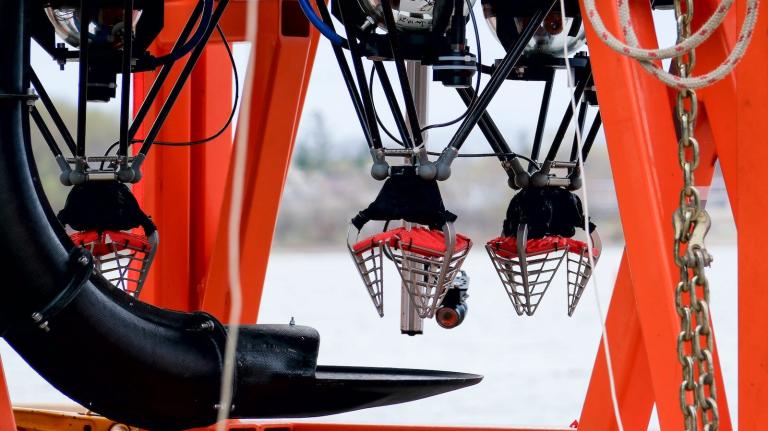Watching this week’s massive march on Blair Mountain has been inspiring. More than 300 people (and that number’s been growing each day) are walking the roughly 60 miles from Marmet, West Virginia, to Blair Mountain in Logan, West Virginia, to call for the end of mountaintop removal coal mining and the protection of this historic site.
Blair Mountain is a major landmark in American labor history, and the site of the largest civil insurrection since the Civil War. In August of 1921, the long fight by coal miners to form a union culminated in this historic battle. The US government opened fire on thousands of miners, who were marching over Blair Mountain to attend the funeral of Sid Hatfield, a local sheriff who supported unionizing the mines and was assassinated as a result.
Sid Hatfield and the miners of the 1920s taught us how to stand up for what is right, even against the powerful – and sometimes ruthless – King Coal. I applaud and thank these marchers for doing the same.
Although Blair Mountain is a major landmark in American labor history, it is also in the crosshairs of King Coal. Massey Energy has permits to blow up Blair Mountain as part of a mountaintop removal operation. Defenders of Blair Mountain worked long a hard to protect the mountain, and won a major victory when part of the battlefield was approved to become a national landmark on the National Register of Historic Places.
Unfortunately, the approval was rescinded on highly dubious grounds after significant pressure from coal mining and energy interests.
This week has seen everyone from union members to college students to scientists to regular concerned residents of the region joining together to march for this important cause.
“We’ve had so much support along the route – many people are driving by and giving us a friendly honk and wave,” said Kim Teplitzky, a friend and colleague who is one of the marchers this week, and also the head of the Sierra Student Coalition’s “Campuses Beyond Coal” program.
She added that some residents they pass along the way come out to the end of their driveways holding signs that say “Thank you!” or allow the huge crowds to lunch on their land.
But of course, with that support also comes the intimidation from those who fear that King Coal is the only future for Appalachia. Teplitzky said some of the previously planned camping site offers for the marchers overnight were rescinded because of outside pressure.
Yet support is pouring in from around the U.S. as people watch the march online or follow along on Appalachia Rising’s great website – which includes some amazing videos and photos of the march. Check out their Flickr photo gallery as well.
On Wednesday a crowd gathered at the Environmental Protection Agency’s headquarters in Washington, DC, to talk about Blair Mountain while thanking EPA and encouraging the agency to do more about mountaintop removal coal mining.
The voices speaking up for Blair Mountain are many in number and very loud – and we will not go away.
“We have to march because Blair Mountain is a symbol of not only the history and culture of labor struggles in Appalachia, but also because we can’t stand for one more mountain to be destroyed and one more community’s water threatened,” said Teplitzky.
The march ends tomorrow with a huge rally where even more supporters will join the crowd, featuring celebrities like Robert F. Kennedy Jr., as well as a hall-of-fame of Appalachian community leaders including Teri Blanton, Chuck Nelson, and Larry Gibson.
If you can’t make it to the rally, you can still take action to help save Blair Mountain. The Sierra Club and allies have just filed an official Lands Unsuitable for Mining Petition for Blair Mountain (PDF) petition, which would protect this historic treasure forever. You can send in a comment in support of the petition here.
I’m inspired by this march, and by the many hundreds of marchers who have banded together to step up and save an important landmark in American history. As a West Virginian, I want my daughter and future generations of children in the Mountain State to have the opportunity to learn about this important chapter in their history, when their forefathers and mothers put their lives on the line to improve the conditions for all workers.
As an American, I don’t want to see our country sell out its cultural, historic, and natural legacy for a couple of years of profits for a coal company that has already decimated much of our purple mountains majesty.



